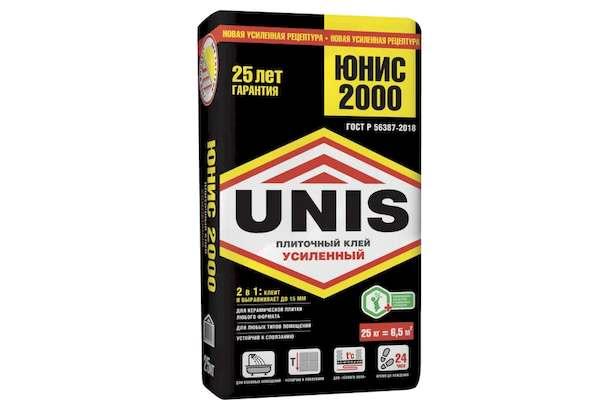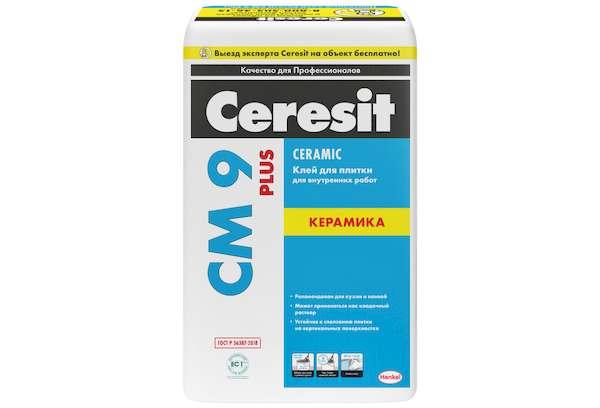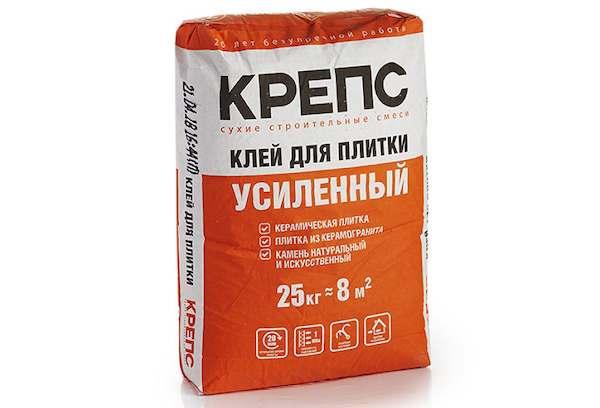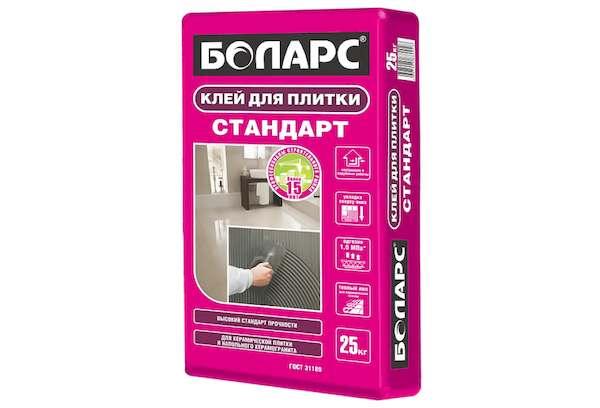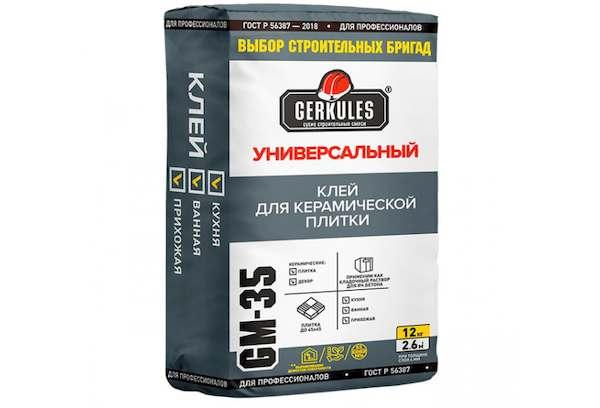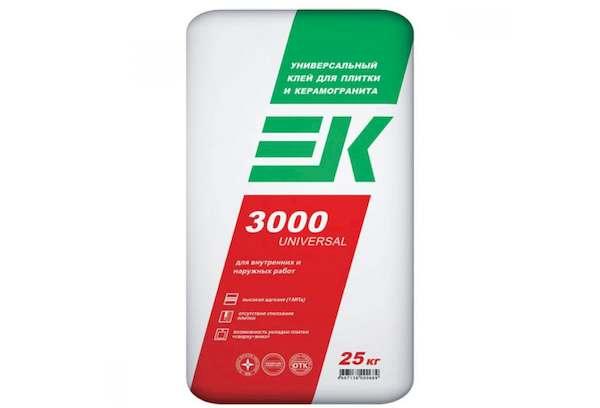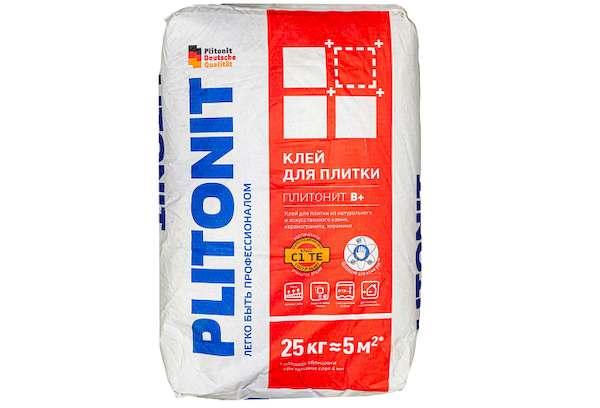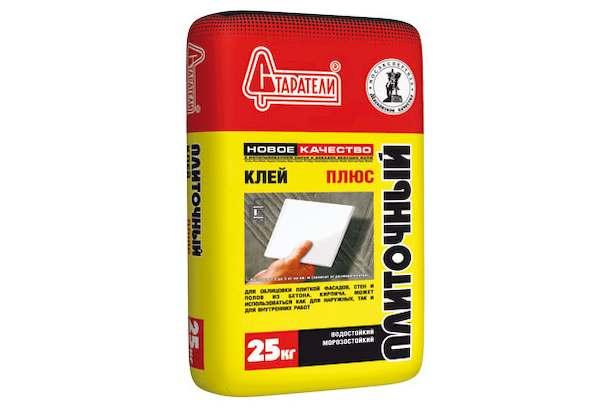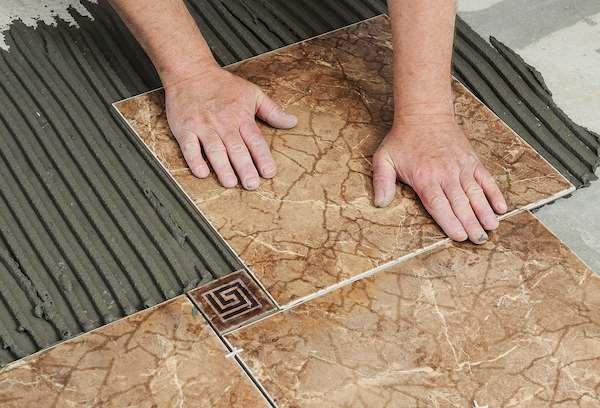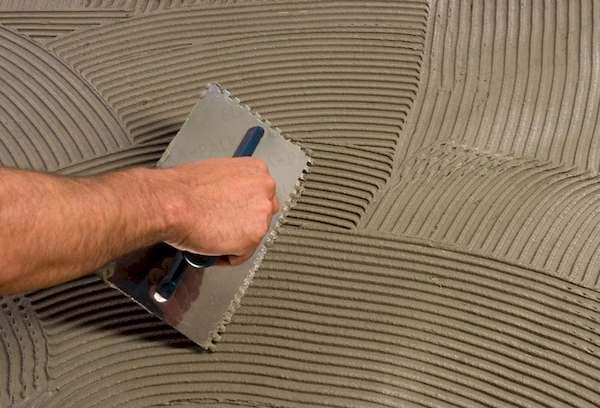How to calculate the consumption of tile adhesive per 1m2 depending on the brand, manufacturer and laying technique
Tile adhesive is most often purchased at the last moment, so the quantity is chosen by eye. As a result, you have to buy the missing material or get rid of the excess and literally throw away money. Therefore, it is so important to know the consumption of tile adhesive per 1 m2.
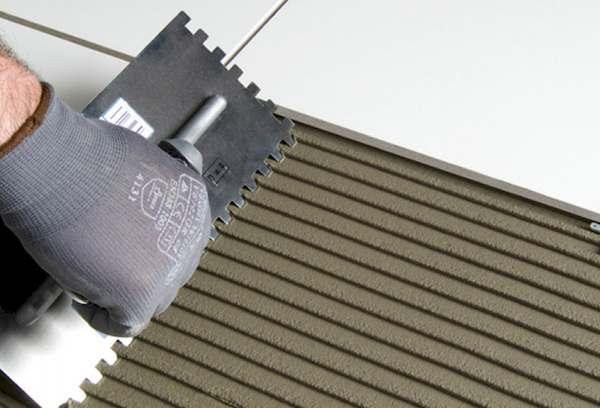
Consumption by brand
In order to correctly calculate the amount of tile adhesive that will be needed for the installation of porcelain stoneware and ceramic tiles, we will give examples of average costs for the most popular manufacturers.
Attention! Consumption may vary depending on the thickness, composition and brand of the mixture.
Eunice
Today, Yunis is the most popular manufacturer of building mixtures. On sale you can find adhesive for laying ceramic, tile, porcelain stoneware, stone and mosaic tiles. The average consumption is about 3.5 kg per square meter (thickness 1 mm).
Ceresit
Caesarite is a popular German manufacturer.The most popular is Ceresit CM 11 Plus; the composition is suitable for interior and exterior work. On average, it takes from 1.7 to 6 kg per square meter, depending on the planned thickness.
Kreps
Another fairly good manufacturer is the Kreps company. The popularity of the building mixture is due to a good combination of low cost, high quality and low consumption. One bag is enough for 8 squares. And the average consumption is 3 kg.
Important! Consumption of Kreps reinforced tile adhesive is 2.5 kg on average.
Knauf
You can find several types of Knauf brand mixtures on sale. Therefore, depending on the brand of tile adhesive, consumption may vary. In total, there are 4 types on the market of goods and services, the consumption is approximately the same - 3 kg.
Bolars
| Name | Consumption in kg with 6 mm comb |
| Base | 3,5 |
| Standard | 3,5 |
| Elastite | 3,5 |
| Plus | 3,2 |
| Granite | 3,2 |
| Aqua plus | 3 |
| Elite | 2,8 |
| Express | 3 |
Hercules
An excellent option that can be used for surfaces made of any materials, including in rooms with high levels of humidity. If we consider the average, then per 1 sq. m takes about 1.6 kg of dry mixture, which is quite profitable.
EC
| EC name | Mixture consumption in kg if using a 6 mm comb. |
| 1000 WIDE | 3,4 |
| 2000 KERAMIK | 3,3 |
| 2000 KERAMIK ECO | 3,3 |
| 3000 UNIVERSAL | 2,8 |
| 3000 UNIVERSAL ECO | 2,8 |
| 4000 TITAN | 2,7 |
| FAST FIX | 2,7 |
| 5000 AQUA | 2,7 |
| 6000 MOZAIK | 2,8 |
| 8000 KAMIN | 2,8 |
Plitonite
| Name | Consumption of dry mixture (kg/sq. m) | How many squares is 15 kg enough? |
| Plitonite A | 1,8-4,5 | 6-14 |
| Plitonit B | 1,7-5,1 | 5-15 |
| Plitonit in the pros | 1,7-5,1 | 5-15 |
| Plitonite C light | 1-3,1 | 4,8-15 |
| Plitonite Wb | 1,8-5,3 | 9-14 |
| Plitonite V superfloor | 2,9-7,3 | 3-9 |
Attention! Consumption varies depending on the comb used.
Prospectors
Like any other mixture, the Starateli brand sells several types of glue. In stores you can find:
- Standard.
- Plus.
- Luxury
- Premium
- Fast.
Consumption per square meter in all cases varies from 3 to 5 kg.
What affects consumption?
Consumption is influenced by many factors. Let's look at the main points.
Type of glue
Several types of adhesives can be used for tiles:
- Dry cement - diluted with water, often adding plasticizers.
- Epoxy - in the form of two components, before you start working, they need to be mixed.
- Dispersible – sold in prepared form.
Important! Since the glue base contains different components, the consumption will differ.
Ceramic tile size
Before you start working, it’s worth remembering one simple rule - the thickness of the adhesive layer increases, the larger the ceramic tile you choose. Since the work is carried out using a comb, the thickness depends on the size of the teeth. If the tile is 10 by 10 cm, then the layer is 2 mm. This can be achieved using a 4 mm comb.
Tile type
The back side of the tile absorbs the composition applied to it. Since different materials have different porosities, the absorption will be different. Porcelain stoneware and glazed tiles absorb a minimum of composition, unlike handmade porous materials.
Attention! Clinker tiles have an uneven front side, so the master also applies a layer of composition to it, which further increases the consumption of the glue used.
Tile laying technology
The consumption also depends on the chosen application method. Thus, if the composition is applied by a master not only to the tiles, but also used as a primer, the consumption increases.
Main surface
Another important point that has a significant impact on consumption is the surface of the walls and floors.For example, if the surface on which work will be carried out has a large number of irregularities, then more composition will be needed. A thin layer will be needed on a flat surface.
Brand and composition of tile adhesive
Manufacturers add various additives to the composition, which affects the density. Two identical packages may contain different volumes, which affects consumption. For accurate calculations, it is recommended to study the information on the manufacturer’s packaging.
Temperature indicator
The optimal temperature is +5-+40 degrees. The ideal temperature is from +18 to +24 degrees. As the temperature rises, more moisture evaporates from the mixture, and consumption increases. At low temperatures, the glue deteriorates; it is impossible to say how much it will be needed.
Technique of the work carried out and qualifications of the tiler
When laying tiles, one important point to take into account is who will do the work. If a novice master has little experience, it will take a lot more staff.
Type of spatula
V-shaped. Thin application, minimal composition consumption.
U-shaped. The application of the composition is less uniform, as a result of which the consumption begins to increase.
Square. Perhaps the most uneconomical tool, since most of the finished solution is lost.
Questions and answers
How to reduce consumption and save on building materials?
If the base is uneven, it needs to be leveled. Using any plaster.
Reduce absorption. The surface is treated with a primer.
Advice! For priming baths, kitchens, and saunas, it is recommended to choose antifungal and moisture-resistant compounds.
What to do with uneven foundations?
If you plan to lay it on an uneven base, it must first be leveled.If the depressions are no more than 5 cm, then they are eliminated a day before work with tile adhesive. If the problem is more global, use cement mortar, drywall, and plaster.
